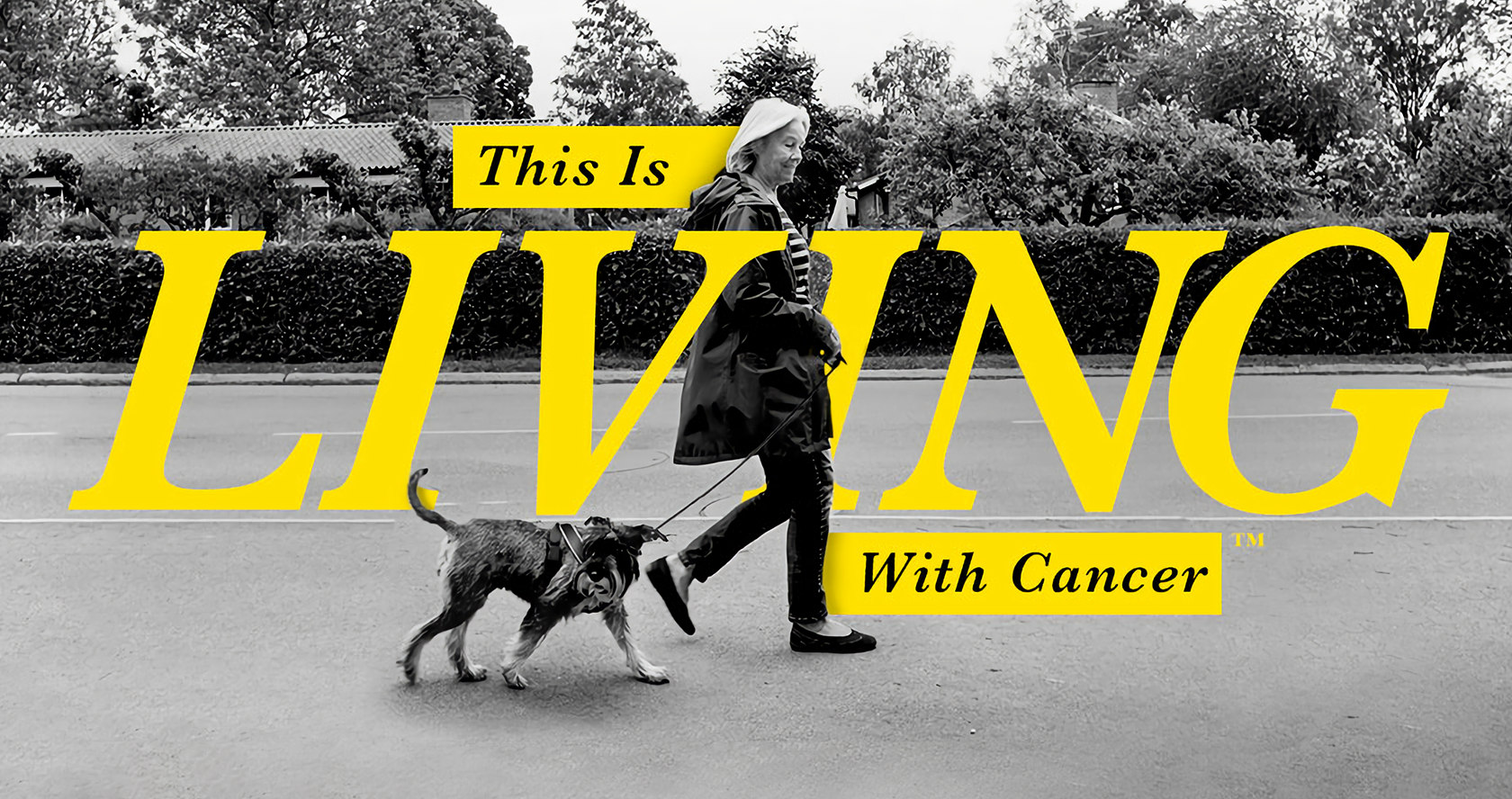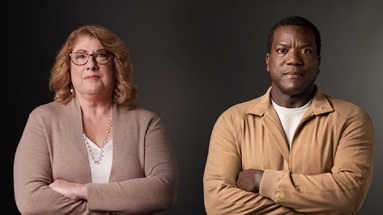As We Age is a community that’s here to provide you and your caregivers with encouragement, education, tools and resources.


A free app designed to help manage life with cancer.
Use Requests to ask loved ones for help with
daily tasks like meals or rides to doctors' appointments.
You can also find events in your area.
Download LivingWith® for free or
learn more about the app.






